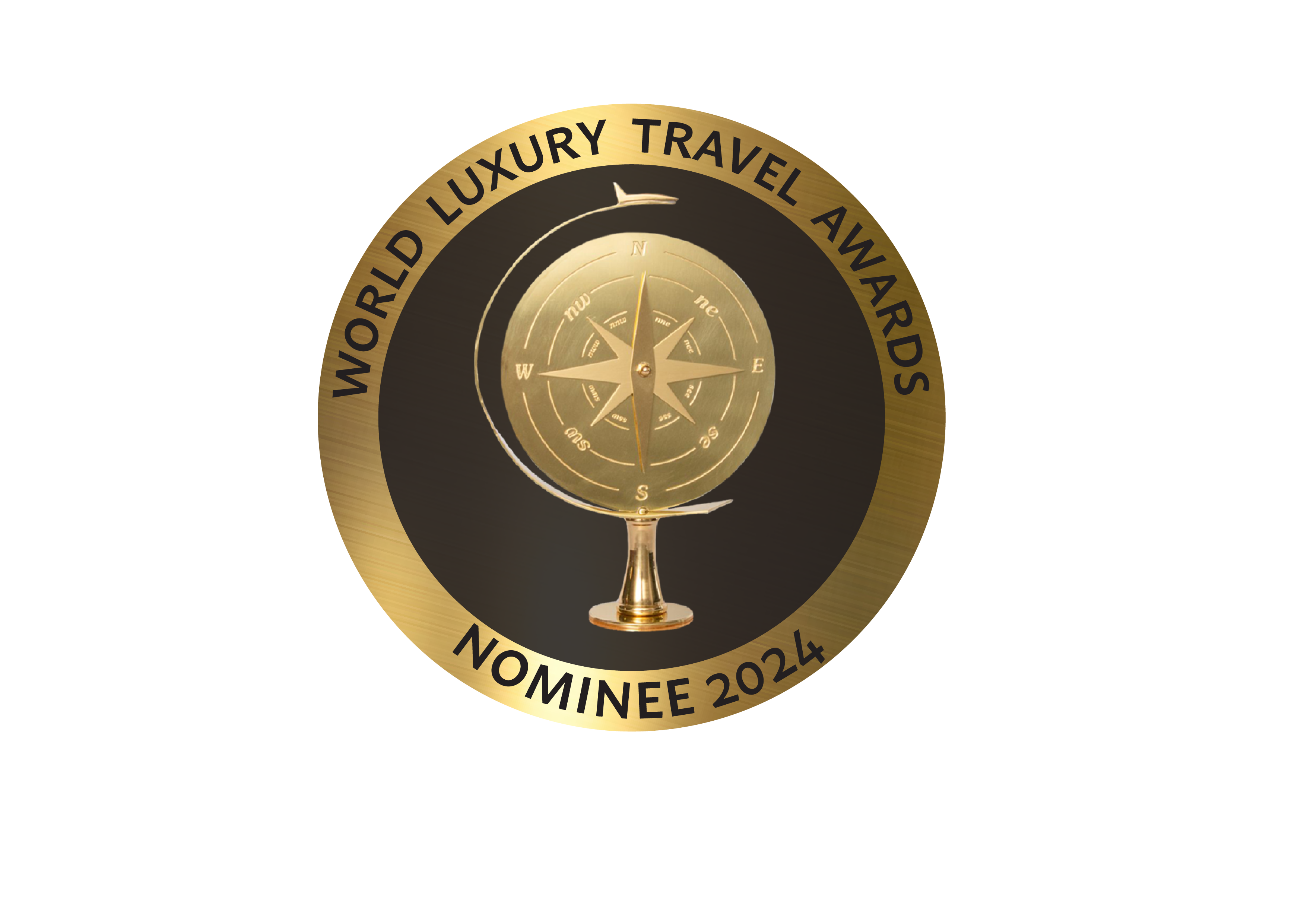Many visitors to Malaysia are surprised by the food as it’s unlike any other in the world and rarely found outside the nation’s borders. Influenced by generations of Chinese and Indian settlers, European and Middle Eastern traders and colonizers, and highlighting local herbs, spices, fruit, and fish, the food in Malaysia is rich in flavours, textures, and tantalizing aromas. You’ll find dishes similar to those of Indonesia, Singapore, Thailand, China, Sri Lanka, and India with a local twist that makes them distinctly Malaysian.
As food is practically an obsession in Malaysia and no trip would be complete without trying at least a few local plates, we’ve put together a little inspiration on the primary types of food on offer. To know more, get in touch with our Malaysia expert but be prepared: she’ll advise you to pack loose fitting clothes as it’s hard to stop eating!
Nyonya Cuisine
Nyonya, which refers to respected women of Peranakan society, is the name for the complex cuisine traditionally prepared by the Chinese who adapted their recipes to the local spices, herbs, and other offerings. George Town, on the island of Penang, and Melaka are two of the best places to sample Nyonya fare. In Penang, the dish to try is asam laksa. You’ll find it throughout Malaysia but Penang asam laksa is considered the best. This spicy, tart, sour noodle dish is an explosion of flavour, and the one dish Penangites will tell you they miss the most when they leave home. Other classics include otak-otak, a fish curry best tried in Melaka; duck soup; buah keluak, chicken with cooked black nuts; gulai balitong, a sweet and savory potato curry with local clams and sea snails; and pie tee, a spicy mix of julienned vegetables and shrimp inside a savory “top hat” shell.
Traditional Malay
Malay cooking has much in common with Indonesian and draws from India, China, and the Middle East for inspiration. It’s often quite spicy with aromatic herbs providing a cooling effect and coconut milk creating a creamy, rich texture. Shrimp paste, called belacan, is a base for many recipes including the condiment you’ll see the most: sambal. This spicy sauce is made from chilies, onions, garlic, and belacan. Classic Malay dishes include nasi lemak, rice cooked in coconut milk with pandan leaves served with hard boiled egg, roasted peanuts, and sambal ikan bilis (a spicy mix of fried anchovies and sauce), and sometimes chicken; and nasi kandar, steamed rice with curried meat or seafood. Satay, skewers of meat with a thick peanut sauce, is a common snack. Rojak, a salad of fruit and vegetables with a sweet, spicy, tangy sauce and sometimes fried tofu or shrimp, can be found throughout the country although its makeup varies by region.
Banana Leaf Rice and Indian Cuisine
You’ll find food in many parts of Southeast Asia served on or cooked in a banana leaf. In Malaysia, “banana leaf rice” refers to an Indian dish. Traditionally eaten with the hands, it’s a full meal served on a banana leaf made up of rice, papadams, a sampling of the day’s veg or meat curries, pickles, and a few gravies to add to the mix. Other Indian dishes that have become staples in Malaysia with a local twist are roti canai, a flaky bread served with dal in the morning or evening; murtabak, pan-fried roti stuffed with a savory mix of meat or vegetables; and putu mayong, a sweet dish featuring coconut rice noodles steamed with pandan leaf and dished up with grated coconut and palm sugar.
Hakka, Cantonese, and Other Chinese Fare
Chinese settlers first came to Malaysia in the 15th century and although Nyonya cooking is a variation of Chinese, there is far more to tempt the hungry. In Penang, char koay teow, a noodle dish served with shrimp, cockles, eggs, dried sausage, bean sprouts, and chives; and Hokkein mee, a more soup-like noodle dish with a heady broth made from prawns and pork, are two of the most famous Hakka dishes. In Melaka, wonton mee, egg noodles with dumplings, has been modified from the Cantonese recipe for local palates. Salted egg dishes, in which seafood or vegetables are cooked with salted egg yolks, are found on many Chinese menus in Malaysia. Popiah, similar to spring rolls, vary in filling and may be deep-fried or fresh and are available as street food or in the finest of restaurants.
The Sweeter Side
Malaysia’s most beloved dessert is cendol, a cold dish of green jelly noodles, red kidney beans, shaved ice, coconut milk, and palm sugar. You’ll see shops and stalls dishing it up throughout the nation and on a hot day, lines at the best places will stretch around the block. Ais Kacang also offers a cooling treat for those who like red beans and shaved ice. It’s commonly served with grass jelly, gelatinous balls of palm seed, sweet corn, and condensed or coconut milk.
Kuih, colourful bite-sized cakes and pastries, are often served with tea in the afternoon: a delicious marriage of colonial and local heritage. Instead of food colouring, the bright colors often come from blue butterfly pea, green pandan leaf, and purple taro.
Tucking into great food is a highlight of any trip to Malaysia. If food is your passion – or you just like to eat well – we can tailor a trip for you that takes in the best of Malaysia’s food and includes time with a celebrated chef who will teach you how to prepare some of these mouth watering dishes. Please give us a call at UK 020 7112 0019 or email malaysia@fleewinter.com to start planning today.





